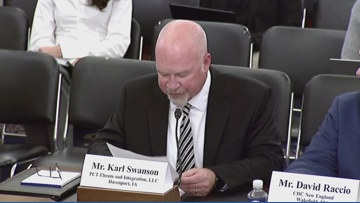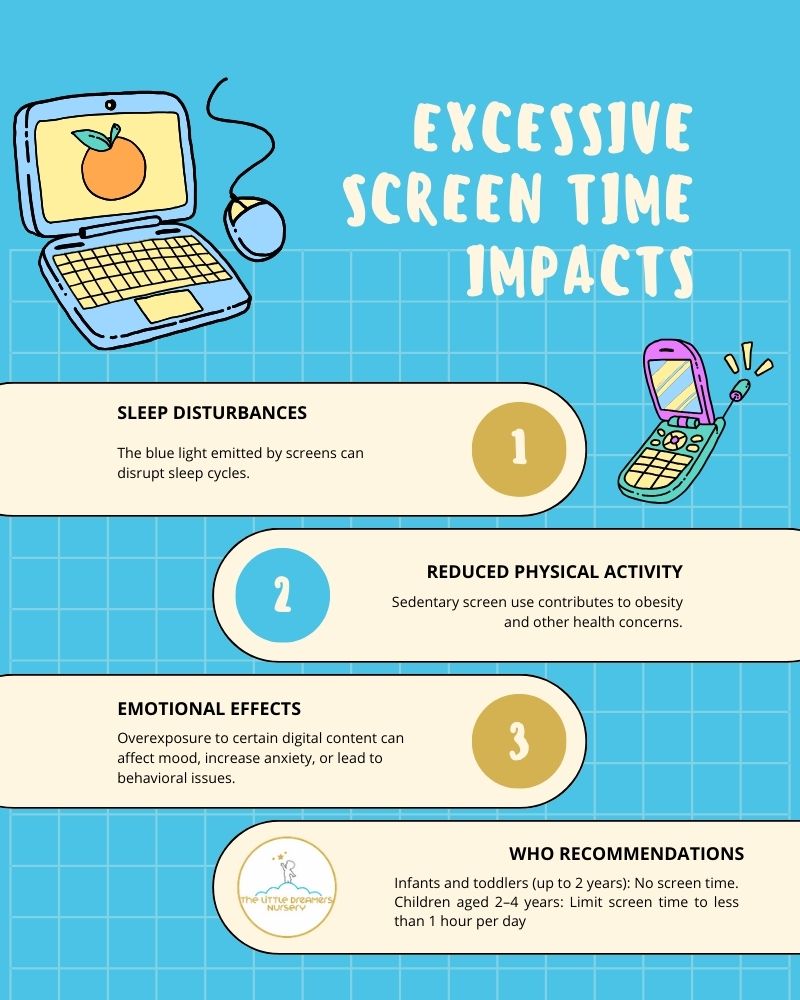Report on Educational Compliance and Alignment with Sustainable Development Goals in Massachusetts School Districts
Executive Summary
A state investigation into Amherst Regional High School has revealed a significant deficit in mandated instructional hours, a situation that directly impacts the fulfillment of Sustainable Development Goal 4 (Quality Education). The district was found to be nearly 100 hours short of the required structured learning time for the 2024-25 school year due to the implementation of a “flex block” that did not meet state criteria. This report details the findings, the district’s response, and the broader implications for educational governance and accountability in the context of the SDGs.
State Investigation Findings and Implications for SDG 4 (Quality Education)
The investigation by the Department of Elementary and Secondary Education identified a critical failure in providing adequate educational opportunities, undermining the principles of SDG 4, Target 4.1, which calls for ensuring all children complete free, equitable, and quality secondary education. The core findings include:
- Instructional Time Deficit: Amherst Regional High School provided only 895.5 hours of structured learning time, a shortfall of 94.5 hours from the state-mandated 990 hours.
- Non-Compliant Scheduling: The deficit stemmed from a 40-minute “homeroom/flex block” period. While attendance was mandatory, the period lacked the regularly scheduled instruction, learning activities, or assessments required to qualify as structured learning time.
- Definition of Structured Learning: State regulations define structured learning time as time when students are engaged in scheduled instruction where both teacher and students are present. The flex block, used for academic support, enrichment, or study, did not meet this standard.
Systemic Issue and Institutional Accountability (SDG 16)
The compliance issue at Amherst is indicative of a wider challenge within the state, highlighting the importance of robust and transparent institutional oversight as promoted by SDG 16 (Peace, Justice and Strong Institutions). The state’s response to complaints from parents and advocates demonstrates an accountability mechanism in action. Other districts have faced similar findings:
- Amherst-Pelham Regional Public Schools: Found to be 94.5 hours short of structured learning time.
- Brookline School District: Found to be nearly 60 hours short due to a similar “X-block” period.
- Mt. Greylock School District: Found to be 4 hours short of the requirement.
These cases underscore the critical role of effective and accountable public institutions in upholding educational standards and ensuring every student’s right to a complete education.
District Response and Corrective Actions for SDG Alignment
In response to the findings, the Amherst-Pelham district leadership has initiated a series of corrective actions aimed at achieving compliance and improving educational delivery. This multi-stakeholder approach reflects the collaborative spirit of SDG 17 (Partnerships for the Goals).
- Schedule Revamp: The district is mandated to submit a new high school schedule that meets the 180-day and 990-hour requirement by August 1, ahead of the August 27 school start date.
- Commitment to Accountability: Superintendent E. Xiomara Herman framed the issue as “a moment of accountability and responsibility,” committing to implementing a compliant schedule that benefits students.
- Proactive Review: The superintendent has also requested a state review of the district’s middle school schedule to ensure system-wide compliance.
- Stakeholder Collaboration: The district is actively seeking input and support from the teachers’ union in developing the new schedule.
Discussions also include re-evaluating school start times, acknowledging research on adolescent sleep needs, which aligns with creating effective and healthy learning environments as per SDG 4, Target 4.a.
Conclusion: Reinforcing the Commitment to Quality Education and Future Success
The corrective measures being undertaken in the Amherst-Pelham district represent a crucial step in realigning local educational practices with both state law and the global commitment to SDG 4 (Quality Education). Ensuring that students receive their full allotment of structured learning time is a fundamental prerequisite for providing an equitable and quality education. This commitment is essential not only for immediate learning outcomes but also for preparing youth for future opportunities, thereby contributing to SDG 8 (Decent Work and Economic Growth) by reducing the number of young people not in education or training.
1. SDGs Addressed in the Article
SDG 4: Quality Education
- The entire article focuses on the provision of quality secondary education. The central issue is the failure of several school districts, including Amherst Regional High School, to meet the state-mandated minimum of 990 hours of “structured learning time.” This directly relates to ensuring students receive a complete and effective education. The superintendent’s goal to “implement a schedule that actually benefits our students and provides an opportunity to be successful” reinforces this connection.
SDG 16: Peace, Justice and Strong Institutions
- The article highlights the role of effective and accountable institutions. The state’s Department of Elementary and Secondary Education acts as a strong regulatory body by investigating complaints and enforcing compliance with learning time regulations. The article notes this is a “moment of accountability and responsibility” for the school district, demonstrating the process of holding public institutions accountable for their duties.
SDG 3: Good Health and Well-being
- The article touches upon student well-being by mentioning the debate around school start times. It references that “research shows teens benefit from more sleep and later start times,” directly linking educational scheduling policies to the physical and mental health of adolescent students.
2. Specific Targets Identified
Targets for SDG 4: Quality Education
- Target 4.1: “By 2030, ensure that all girls and boys complete free, equitable and quality primary and secondary education leading to relevant and effective learning outcomes.” The article’s focus on meeting the required “990 hours of required structured learning time” is a direct effort to ensure the quality and completeness of secondary education. The failure to provide these hours jeopardizes the potential for “effective learning outcomes.”
- Target 4.a: “Build and upgrade education facilities that are child, disability and gender sensitive and provide safe, non-violent, inclusive and effective learning environments for all.” The core of the state’s investigation revolves around defining an “effective learning environment.” The finding that the “homeroom/flex block” did not offer “regularly scheduled instruction or learning activities or assessments” means it did not qualify as part of an effective learning environment under state regulations.
Target for SDG 16: Peace, Justice and Strong Institutions
- Target 16.6: “Develop effective, accountable and transparent institutions at all levels.” The article is a case study of this target in action. A state agency investigated public school districts after receiving complaints, found them “out of compliance,” and is requiring them to submit corrective plans. The superintendent’s acknowledgment of this as a “moment of accountability” shows the institutional response to oversight.
Target for SDG 3: Good Health and Well-being
- Target 3.4: “By 2030, reduce by one third premature mortality from non-communicable diseases through prevention and treatment and promote mental health and well-being.” The discussion about potentially changing the 9 a.m. school start time because “teens benefit from more sleep” is a direct measure aimed at promoting student well-being, which is a key component of this target.
3. Indicators Mentioned or Implied
Indicators for SDG 4 Targets
- Total hours of structured learning time per school year: This is a direct, quantitative indicator used throughout the article. The state mandate is “990 hours.” The article measures the performance of schools against this benchmark, noting Amherst Regional High School provided only “895.5 hours,” a shortfall of “94.5 hours,” while Brookline was short by “nearly 60 hours.”
Indicators for SDG 16 Target
- Number of institutions held accountable for non-compliance: The article implies this indicator by stating that Amherst is the “third district in recent months found to be out of compliance.” This serves as a measure of the effectiveness of the state’s oversight mechanism.
- Implementation of corrective action plans: This is implied by the requirement that “The district has until Aug. 1 to submit a new high school schedule.” The submission and approval of this new schedule is an indicator of the institution’s move back into compliance and accountability.
Indicators for SDG 3 Target
- School start time policies: The article mentions the high school’s 9 a.m. start time and the superintendent’s consideration of changing it based on “research [that] shows teens benefit from more sleep.” The specific start time is an implied indicator of policies that promote student well-being.
4. Summary Table of SDGs, Targets, and Indicators
| SDGs | Targets | Indicators |
|---|---|---|
| SDG 4: Quality Education |
4.1: Ensure all children complete free, equitable and quality primary and secondary education.
4.a: Provide effective learning environments for all. |
Mentioned: Total hours of structured learning time per year (State requirement of 990 hours; Amherst shortfall of 94.5 hours). |
| SDG 16: Peace, Justice and Strong Institutions | 16.6: Develop effective, accountable and transparent institutions at all levels. |
Implied: Number of public institutions (school districts) found to be out of compliance with regulations (three districts mentioned).
Implied: Implementation of corrective action plans (requirement to submit a new schedule by Aug. 1). |
| SDG 3: Good Health and Well-being | 3.4: Promote mental health and well-being. | Implied: School start time policies (discussion of the 9 a.m. start time and the benefits of later times for teens). |
Source: bostonglobe.com







